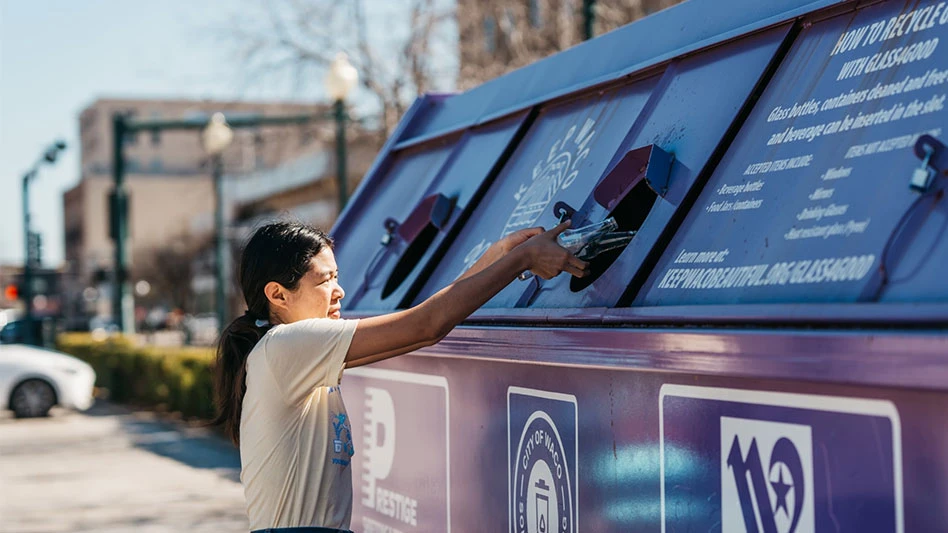
While India had placed a ban on plastic scrap imports in April 2016, the decision was reversed in July in response to pressure from recyclers within the country, according to a broker based in Brussels, helping to increase demand for some recovered plastics from within India.
Polyethylene (PE) demand increased sharply in India as of early August, the broker says. However, demand for lower-grade materials remains decreased from levels seen earlier in this decade.
Regarding demand from China, the broker says that while it is steady currently, he expects it to slow in response to upcoming holidays, including Mid-Autumn Day, which will be celebrated 15-17 September, and National Day, which will be celebrated 1-3 October.
The broker adds that demand for polystyrene (PS) and polyethylene terephthalate (PET) has remained stable in most regions globally.
As summer transitions into fall, plastics recyclers within the USA are looking forward to a pickup in arisings from the manufacturing sector.
While arisings vary regionally in the USA as well as by business sector, they tend to be slower across the board in the summer months in light of reductions in manufacturing during that period. “We forecast [generation] to increase as companies ramp up for the holidays, whether that is manufacturing or retail generating packaging waste,” a recycler based in the U.S. Gulf Coast region says.
He describes the current state of U.S. demand for recovered plastics as “steady to increasing.”
Regarding export demand, the recycler says, “Any region where shipping rates are competitive for export, we are still seeing heavy buying activity for commercial plastic scrap grades as well as OCC (old corrugated containers).”
He adds, “Houston is a growing port, and the opening of the Panama Canal to handle more ships will increase the flow in/out of Houston. Also, with the new PE production coming online in the region, we will see export volumes grow.”
Regarding demand from China, the broker based in Brussels says that while it is steady currently, he expects it to slow in response to upcoming holidays, including Mid-Autumn Day, which will be celebrated 15-17 September, and National Day, which will be celebrated 1-3 October.
Englewood, Colorado-based IHS has estimated that more than 24 million tonnes of new PE capacity will be added globally from 2015 through 2020, with more than one-third of that, or 8 million tonnes, coming from the U.S. However, this figure does not include a recent announcement from SABIC and an affiliate of ExxonMobil Corp., which are considering the development of a jointly owned petrochemical complex on the U.S. Gulf Coast.
If developed, the SABIC-Exxon project would be located either in Texas or in Louisiana near natural gas feedstock and would include a world-scale steam cracker and derivative units, the companies say. The project would feature a 1.8-million-tonnes-per-year ethylene steam cracker that would feed a monoethylene glycol plant as well as two PE plants, according to the partners.
Neil Chapman, president of ExxonMobil Chemical Co., says, “We have the capability to design a project with a unique set of attributes that would make it competitive globally. That is vitally important as most of the chemical demand growth in the next several decades is anticipated to come from developing economies.”
China also is expected to add 17 million tonnes of PE and polypropylene (PP) capacity over the next five years, according to IHS.
Get curated news on YOUR industry.
Enter your email to receive our newsletters.
Latest from Recycling Today
- Star Plastics, Trivalence Technologies set to merge
- RecyClass updates Design for Recycling Guidelines, Recyclability Evaluation Protocols
- Motion opens new branch in Quebec
- Researchers consider recycling lottery outcomes
- Veolia plans large-scale plastics recycling facility in UK
- Ecore acquires New York tire processing firm
- Closed Loop Partners adds private equity managing director
- European Commission drafts new rules for chemically recycled content in plastic bottles






